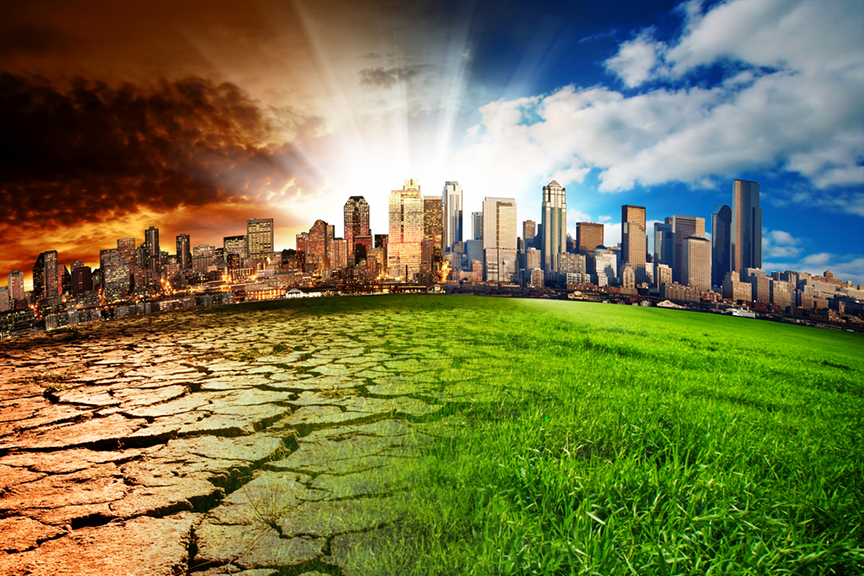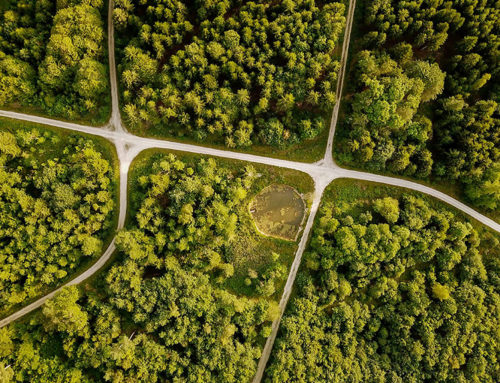As the battle against climate change intensifies, it’s becoming increasingly clear that the focus must shift beyond mere mitigation efforts to climate adaptation strategies. The climate is already changing, and cities across the globe are feeling the heat—literally. Rising temperatures, frequent heatwaves, and the relentless urban heat island effect pose formidable challenges. However, these challenges have sparked innovation and adaptation in cities worldwide.
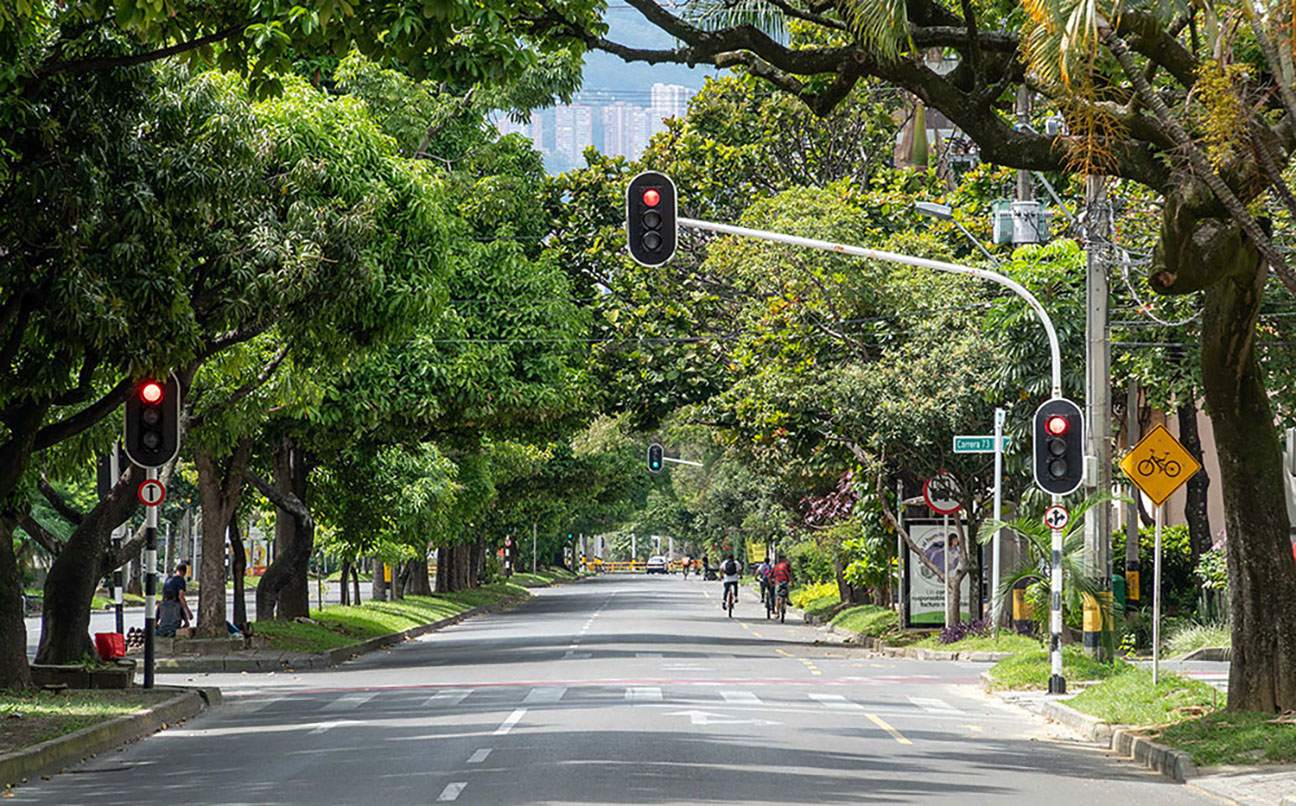
Medellín, Colombia, has embarked on a journey to combat the urban heat island effect through the Green Corridors project. By creating shaded routes connecting parks and urban areas, the city has not only cooled its streets but also empowered citizens to become gardeners, planting thousands of trees and tropical plants. The result? A substantial reduction in temperatures, improved air quality, and a boost in biodiversity—an inspiring example of how green spaces can transform urban environments.
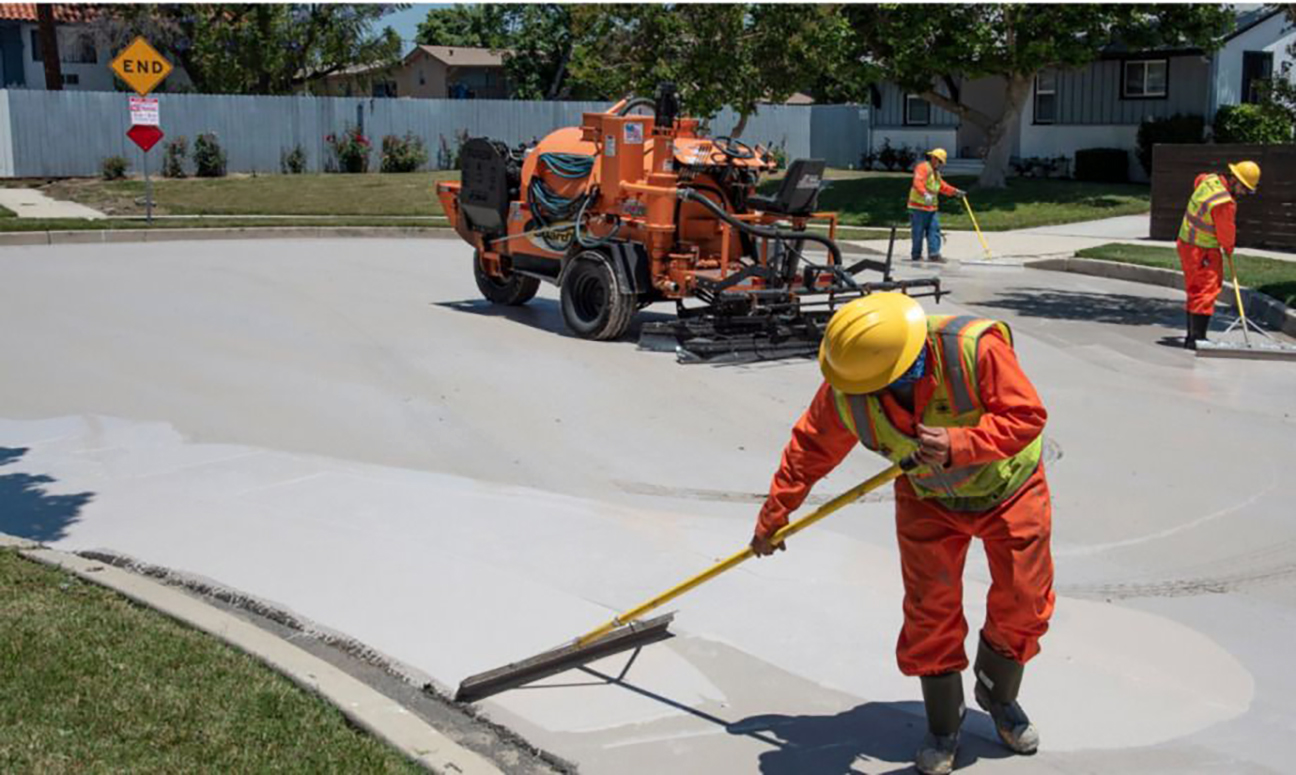
Los Angeles, California, faces a future of increasing heat, but it’s not backing down. The city’s initiative to replace heat-absorbing dark surfaces with reflective ones has led to streets that are up to 15 degrees cooler. This innovative approach reduces the need for air conditioning in nearby buildings, offering a glimpse into a cooler, more sustainable future.
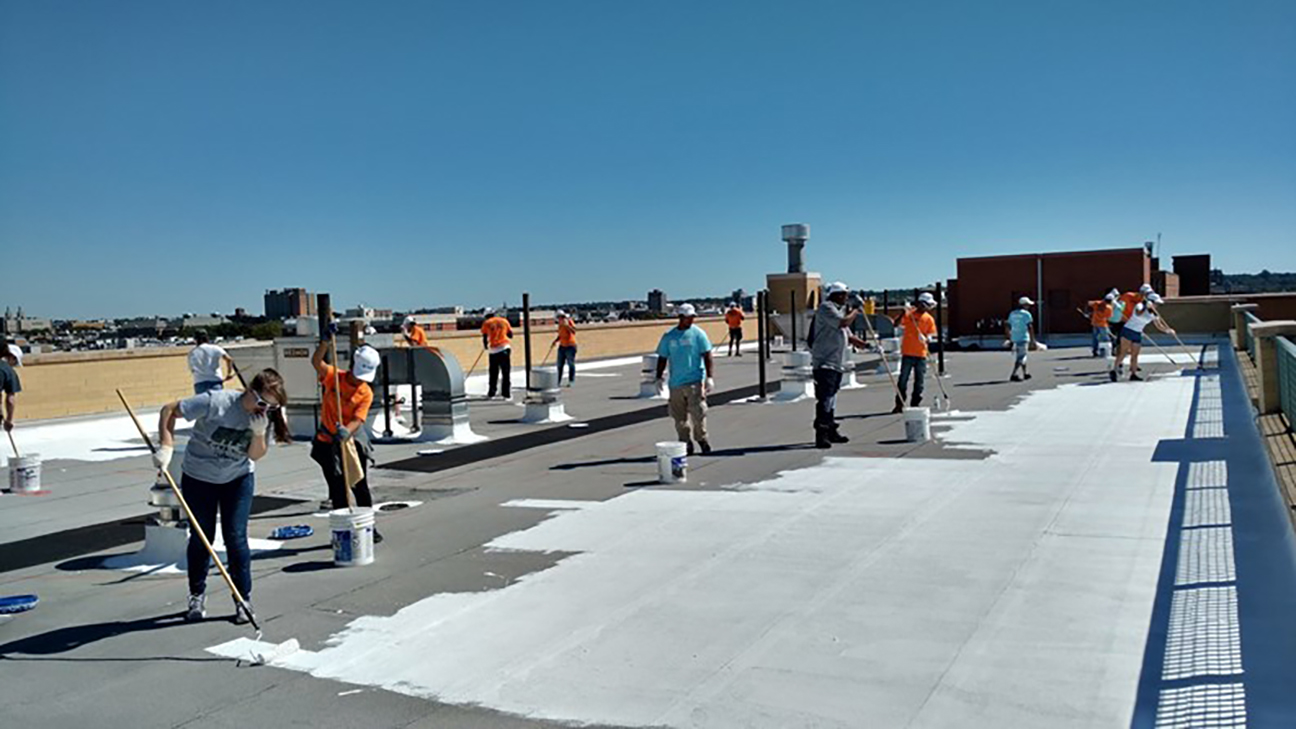
New York’s CoolRoofs project, launched in 2009, has provided paid training and work experience while covering millions of square feet of rooftops with reflective coatings. By combating the urban heat island effect, the project keeps buildings cool, reduces the need for air conditioning, and contributes to the city’s ambitious goal of reducing carbon emissions by 80% by 2050.
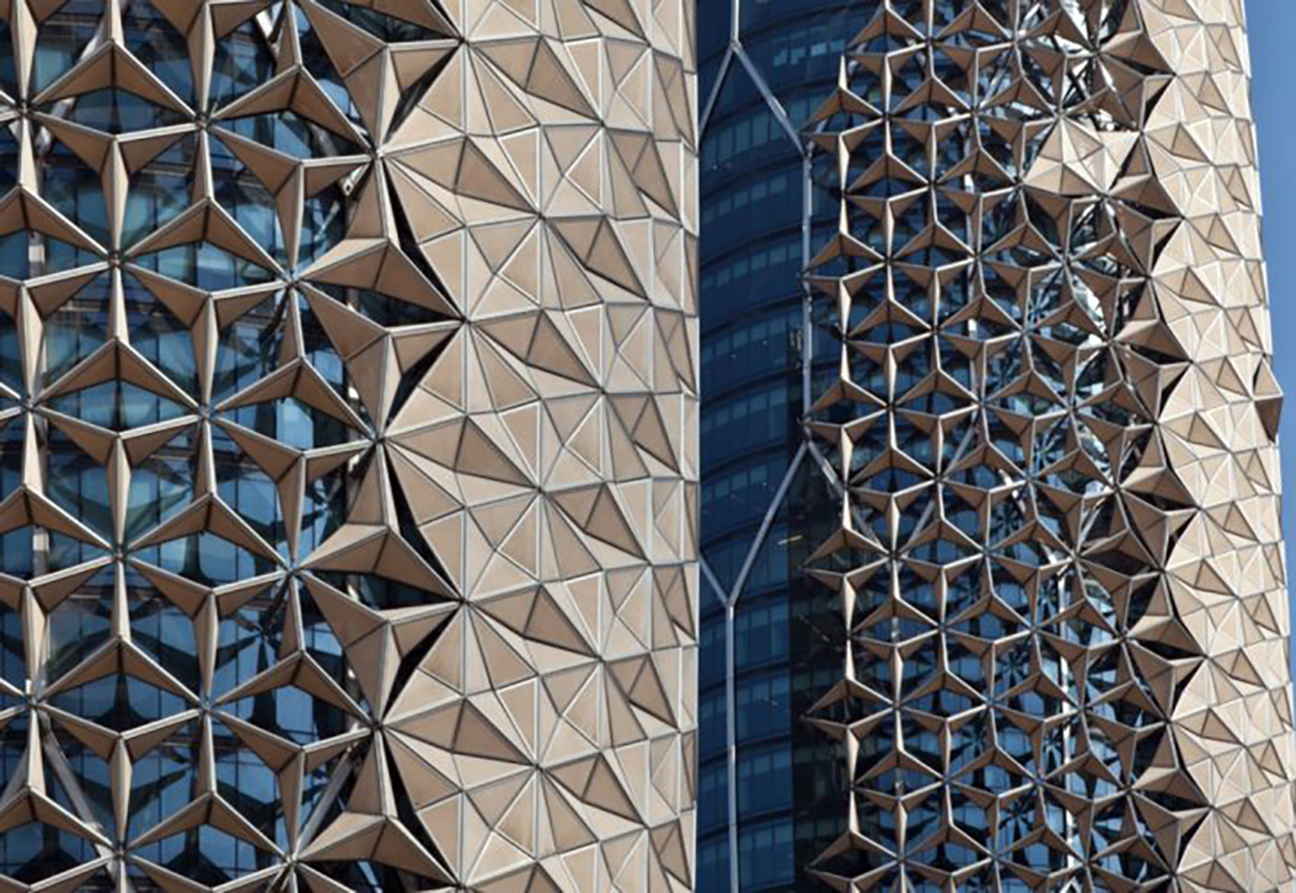
Abu Dhabi, known for its scorching temperatures, has turned to an ancient architectural concept to beat the heat. The Al Bahar Towers use latticed screens to diffuse sunlight, reducing the need for artificial lighting and cutting air conditioning usage by 50%. It’s a testament to the power of blending tradition with innovation.
These cities serve as beacons of hope in the face of climate change. While the challenges are undeniable, their commitment to climate adaptation and resilience sends a clear message: we can adapt, we can innovate, and together, we can build a more sustainable future.
In this era of climate uncertainty, cities are not merely adapting to change—they are leading the way. Their stories remind us that when communities unite in the pursuit of resilience, the possibilities are boundless. As urban landscapes transform, they inspire hope for a cooler, more sustainable, and more equitable future for all.

